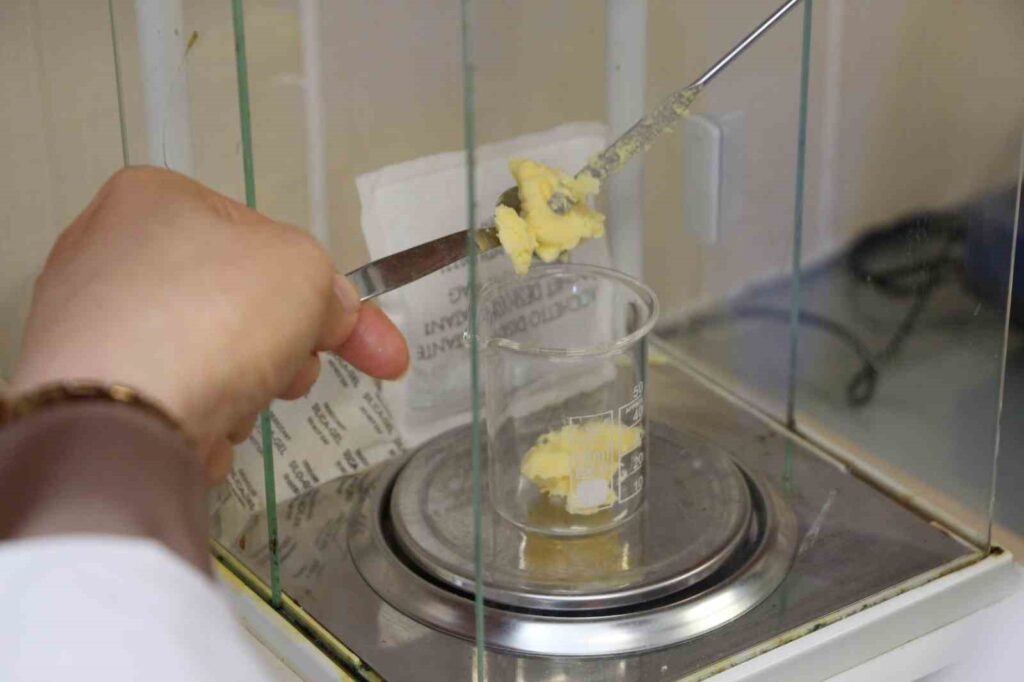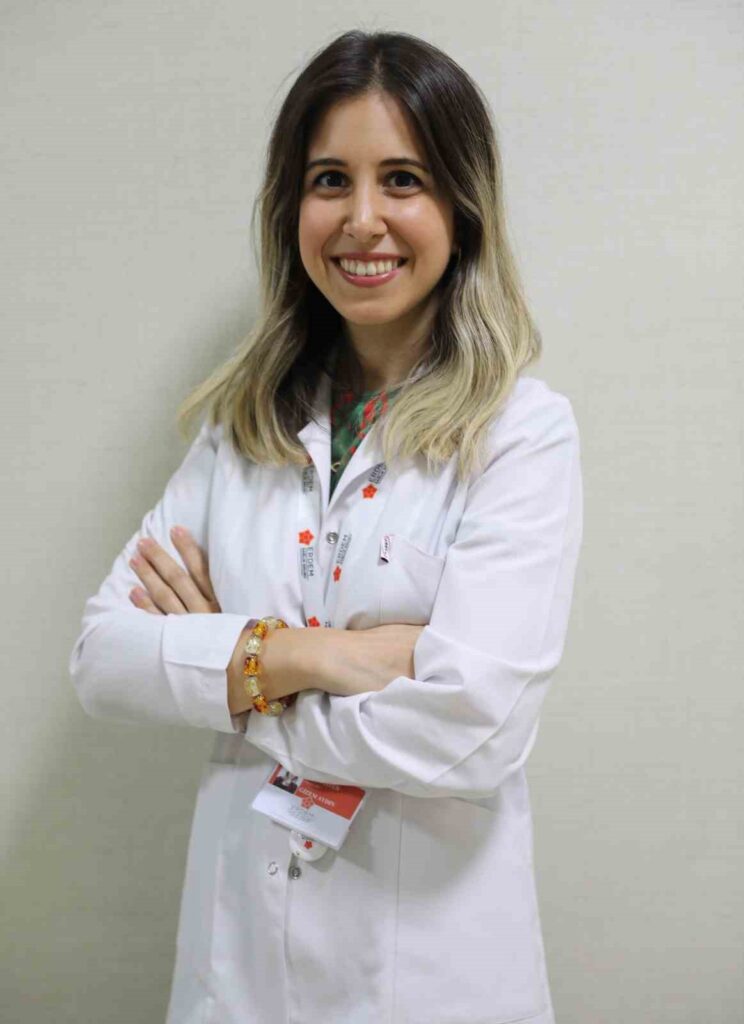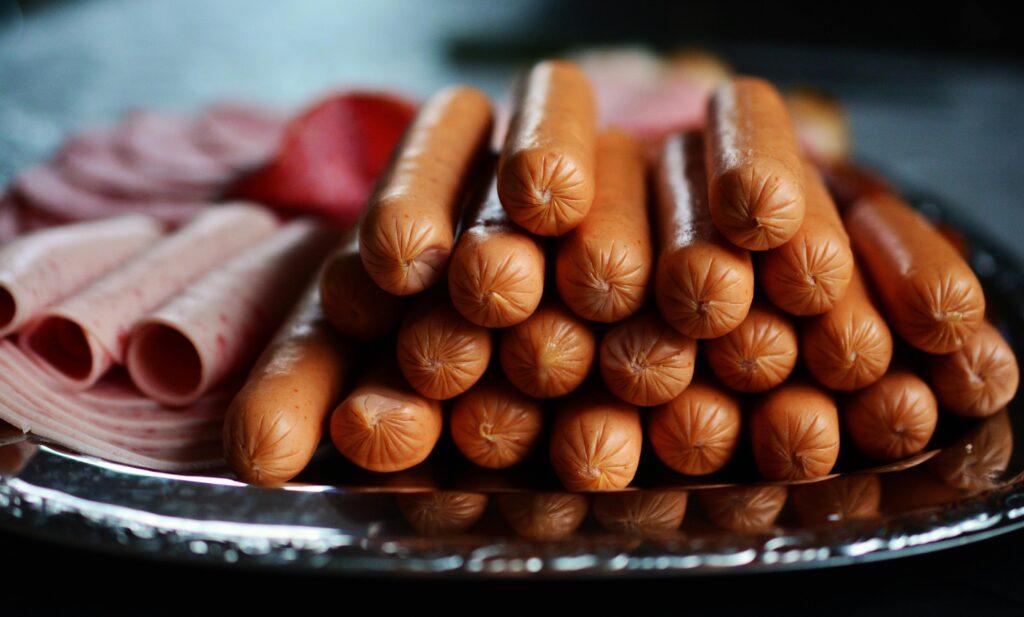Res. Assist. Dr. Mehtap Er Kemal: “It is very difficult to distinguish butter that has been adulterated with imitation and adulterants outside the laboratory environment”
Karadeniz Technical University (KTU) Research Assistant Dr. Mehtap Er Kemal stated that it is very difficult for consumers to distinguish between counterfeit and adulterated butter outside the laboratory environment. The Ministry of Agriculture and Forestry aims to protect consumers by ensuring the authenticity and quality of products…

Karadeniz Technical University (KTU) Research Assistant Dr. Mehtap Er Kemal stated that it is very difficult for consumers to distinguish between counterfeit and adulterated butter outside the laboratory environment. The Ministry of Agriculture and Forestry prepared and presented for opinion the ‘Turkish Food Codex Butter and Clarified Butter Communiqué Draft’ in order to protect consumers and prevent counterfeit and adulteration in products. The regulation aimed to determine the necessary specifications for the production, storage, packaging, transportation, and marketing of butter and clarified butter in a technically appropriate and hygienic manner. In this context, a criterion was introduced that the milk fat content of unsalted butter must be at least 82% by weight. Speaking on the subject, Karadeniz Technical University Research Assistant Dr. Mehtap Er Kemal said, ‘Generally, there is no change in the composition of butter. Butter was defined in the communiqué as at least 80% milk fat, 2% protein and other solids, and 16% water content. There was no clear notification in the communiqué regarding whether the remaining 2% portion should be salt or milk fat. Therefore, some commercial enterprises seeking profit were producing their products by using either 2% milk fat or salt for this 2% portion. I think that due to the problems of counterfeit and adulteration in the market caused by this ambiguity, the Ministry of Agriculture and Forestry introduced a new regulation to the communiqué. The milk fat ratio in unsalted butter was definitely raised to 82% so that the total composition reached 100%.’ Can consumers understand counterfeit and adulterated butter? Referring to the difference between original and counterfeit butter, which is one of the most counterfeited products in recent years, Er Kemal stated, ‘In fact, butter is a product based on at least 82% milk fat; what we call milk fat constitutes the basis of the fats obtained from cow, buffalo, goat, and sheep milk. It is observed that counterfeit and adulteration cases are mostly carried out with the addition of vegetable oils, and the use of potato starch is also seen. We use physical and chemical distinguishing methods in our laboratories, but unfortunately, the possibility of consumers understanding whether butter is fake, counterfeit, or adulterated through some tests such as the knife test and spreadability is low. However, butter should have a distinctive appearance, smell, and taste. It should melt at body temperature. If a vegetable oil additive is added to butter, the product melts more quickly and some oil leakage can be observed. In such cases, deductions can be made, of course. But apart from that, the consumer cannot make a comment like ‘I melted this butter and saw this. This product is a counterfeit product.’ Therefore, samples should be analyzed in accredited or Ministry of Agriculture and Forestry food control laboratories.’ ‘Tonya butter has a historical background dating back to the Ottoman Empire’ Er Kemal emphasized the importance of Tonya butter, produced in Trabzon’s Tonya district and also having a geographical indication, and said, ‘Actually, the Black Sea Region is quite suitable for animal husbandry due to its geographical conditions and receiving a lot of rainfall because of its vegetation. Transhumance culture is also prevalent. It is known that Tonya butter was quite famous even in the Ottoman Empire periods. Tonya was the first region in Turkey to be registered in terms of butter. In this sense, its visibility and presence in the agenda in Turkey always continue. In addition, the cheese varieties of this region are also quite prominent. But when it comes to butter, Trabzon butter comes to mind. The distinctiveness of Tonya butter is actually due to the fact that the region is far from industrial areas, hence more pristine, not exposed to pollution by people, having good pastures and meadows due to the rainfall, and consequently, cows can be fed very naturally. The yellow color of the milk and milk fat obtained from animals fed with rich in A vitamins and beta-carotene grasses is related to the feeding of animals with the grasses in this region. The beta-carotene consumed by animals with the grasses passes into the milk and butter, resulting in the yellow color. We can explain the distinctiveness of Tonya butter from other butters in this way.’ ‘Be a good label reader’ Calling on consumers, Research Assistant Dr. Mehtap Er Kemal said, ‘Being a good label reader is very important. When we consider food safety and public health, there are certainly regulations and some parameters determined by the Ministry. The Ministry definitely follows up and analyzes this issue. However, if we as consumers become good label readers, investigate what we buy and consume, its content, amount, origin, how it is obtained, what kind of product it is, I do not think that such problems will persist much.’







